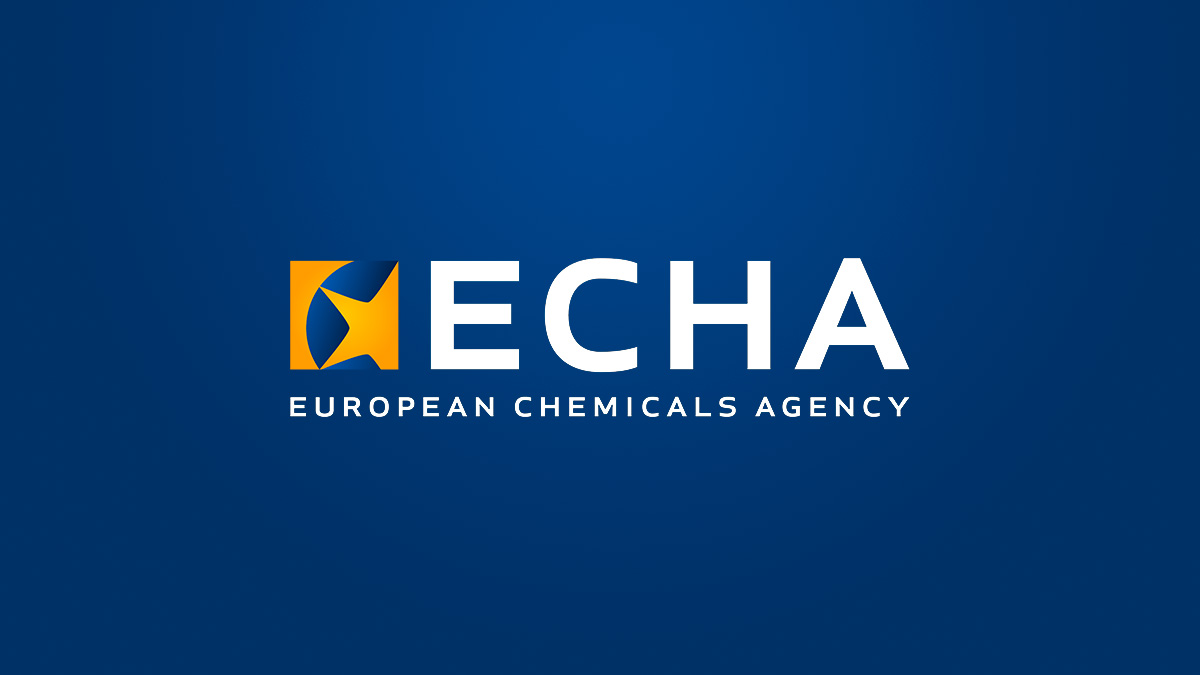BUTYLPARABEN AS COSMETIC INGREDIENT
In cosmetics and personal care products, Butylparaben is used as a preservative and masking agent. According to the European Cosmetic Regulation No. 1223/2009, Butylparaben is included in the list of preservatives allowed in cosmetic products (Annex V to Regulation), subject to the restrictions laid down. Butylparaben may be used as a preservative in cosmetics at a maximum concentration of 0.14% (as acid) in ready for use preparation. The use of this ingredient is not allowed in leave-on products designed for application on the nappy area of children under three years of age.
In 2011, the European Commission’s Scientific Committee on Consumer Safety (SCCS) issued an opinion on Parabens. The SCCS was of the opinion that the use of Butylparaben and Propylparaben as preservatives in finished products was safe to the consumer, as long as the sum of their individual concentrations did not exceed 0.19%.
In 2019, the Cosmetic Ingredient Review (CIR) Expert Panel has assessed the safety of Parabens in cosmetic products, including Butylparaben, and concluded that they were safe (except Benzylparaben) as cosmetic ingredients in the present practices of use and concentration described in the safety assessment report and when the sum of the total parabens in any given formulation does not exceed 0.8%.
ECHA and SVHCs
The European Chemicals Agency (ECHA) Candidate List of Substances of Very High Concern (SVHCs) has been updated with 4 new substances and now contains 209 substances that may have serious effects on people or the environment. Most of the compounds present in the Candidate List of SVHCs are carcinogenic, mutagenic or toxic to reproduction.
– 1-Vinylimidazole, 2-Methylimidazole and Dibutylbis(pentane-2,4-dionato-O,O’)tin, used in industrial processes to produce polymers, were included in the list due to reprotoxic effects;
– Butylparaben was included due to its endocrine-disrupting properties, which can be hazardous to human health.
Since the date of the substances inclusion in the Candidate List of SVHCs (June 25, 2020), producers and importers of articles or products including these substances have six months to notify ECHA. From January 2021, it will be mandatory for companies to notify the Agency, via ECHA’s upcoming SCIP database if their articles or products contain substances of concern from this list at levels above 0.1% weight by weight (w/w). On addition, sufficient information to costumers and consumers must be provided by a supplier of articles or products containing a Candidate List substance above 0.1% w/w to allow safe use.
As advised by ECHA, companies are urged to check their legal obligations relating to the safe use of these substances and to seek substitution of substances included in the SVHC Candidate List by safer alternatives.
References:
- Regulation (EC) No 1223/2009 of the European Parliament and of the Council of 30 November 2009 on cosmetic products
- Scientific Committee on Consumer Safety (SCCS) – Opinion on Parabens, COLIPA nº P82, 2011
- Scientific Committee on Consumer Safety (SCCS) – Opinion on Parabens – Updated request for a scientific opinion on propyl- and butylparaben, 2013
- Cosmetic Ingredient Review (CIR) Expert Panel – Amended Safety Assessment of Parabens as Used in Cosmetics, 2019
- European Chemicals Agency (ECHA) – Candidate List update: Four new hazardous chemicals to be phased out (ECHA/PR/20/05)
- European Chemicals Agency (ECHA) – Candidate List of substances of very high concern for Authorisation (published in accordance with Article 59(10) of the REACH Regulation)















